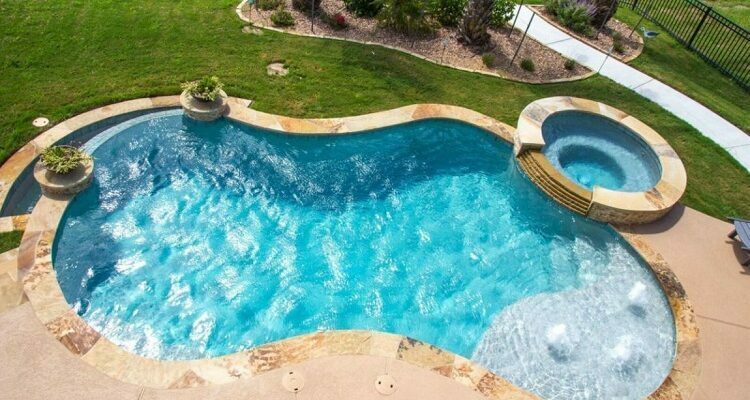Having a swimming pool in your backyard will undoubtedly provide you with a number of opportunities to keep your body in shape or simply unwind. But if you still don’t have a pool, but have your mind set on having one constructed in your backyard, you should learn the difference between the two most common types of in-ground pools in order to make the right decision.
Construction
Fiberglass pools are built off-site, in the controlled environment, and then shipped to your home, meaning that their installation doesn’t take long, up to five weeks on average. In contrast to this, concrete pools are built on-site, so it will take considerably more time to put everything in place, usually no less than two months.
Expenses
With regard to pool construction, expenses related to it should be divided into two separate categories – the initial cost and lifetime cost. The former is (more or less) the same for both concrete and fiberglass pools, whereas the latter differs notably. This difference stems from the fact that a concrete pool needs to be completely renovated every 10-15 years, which includes resurfacing and re-tiling it, and depending on the pool size, this can cost you literally thousands of dollars, while a fiberglass pool won’t require any investment in its shell or resurfacing.
Design
This aspect may well turn out to be crucial in selecting a pool for your house, and this I where concrete pools certainly take precedence, offering much, much more flexibility when it comes to size, shape, and design features. As fiberglass pools are built from a mold, your choice is constricted by the sizes and shapes and that pool companies offer, while the width of their shells is limited to 5 meters due to shipping restrictions. Concrete pools, by contrast, can have any shape, size, or depth you prefer. What’s more, concrete pool builders can install your pool in the areas where a fiberglass pool is simply not a viable option, in addition to integrating it seamlessly into your landscape in order to create a stunning centerpiece on your property.
Upkeep
The growth of algae is probably the biggest maintenance consideration for every swimming pool. Fiberglass pools have come with shells that are nonporous, which inhibits the spread of algae and reduces the amount of sanitizing chemicals required to properly maintain your pool. As opposed to this, the surface of concrete pools is rather porous, demanding more filtration and chemicals, as well as frequent sweeping and brooming to keep algae at bay. In addition to this, you’ll have to add certain amount of acid to your concrete pool on regular basis to maintain the pH of water under control.
In this article we learned that both concrete and fiberglass pools have their advantages and pitfalls, but knowing the benefits of having a pool in your backyard, once you’ve decided on having one constructed, everything else is purely a matter of nuances.













Comments